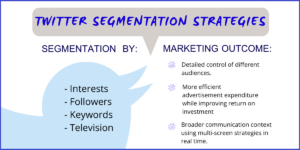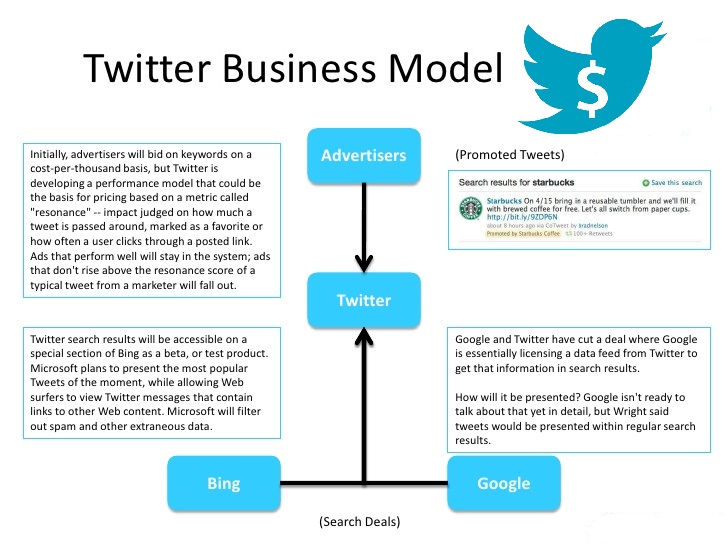Away from the traditional advertisement formats developed in the beginning, Facebook has created new compelling ad formats that are changing the social media marketing landscape and its impact in brands, customers and advertisers.
Facebook Instant Articles ads
When a brand is looking to promote different kinds of content using mobile as an ad placement, the Instant Article ads enables publishers to create fast-loading and interactive content through Facebook’s app.
Moreover, advertisers can choose to place different ads within articles that communicate relevant information about the different products or services they offer.
The two available formats for Instant Articles are video and image in can be placed both in Facebook and Instagram.
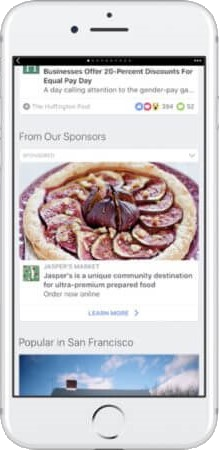
Facebook Instant Article ads Format
Banners and interstitial ads on Audience Network.
Audience Network is a way to extend publishers ads beyond Facebook and Instagram social media to website and mobile apps.
The banners, interstitial and native ads of Audience Network, allow advertisers to use relevant ad spaces in other digital media outside of the Facebook network.
Also, this ad format, helps Facebook publishers to increase their reach, lower their cost per result and use multiple platforms and devices.
Moreover, it allows publishers to exclude some digital spaces that can damage their brand reputation such as websites related to Gambling, Dating, Debatable social issues or where mature content is promoted.
Facebook Audience Network, works similar to Google Ads Display. The two advertisement formats used in Facebook Audience Network, are images and video.
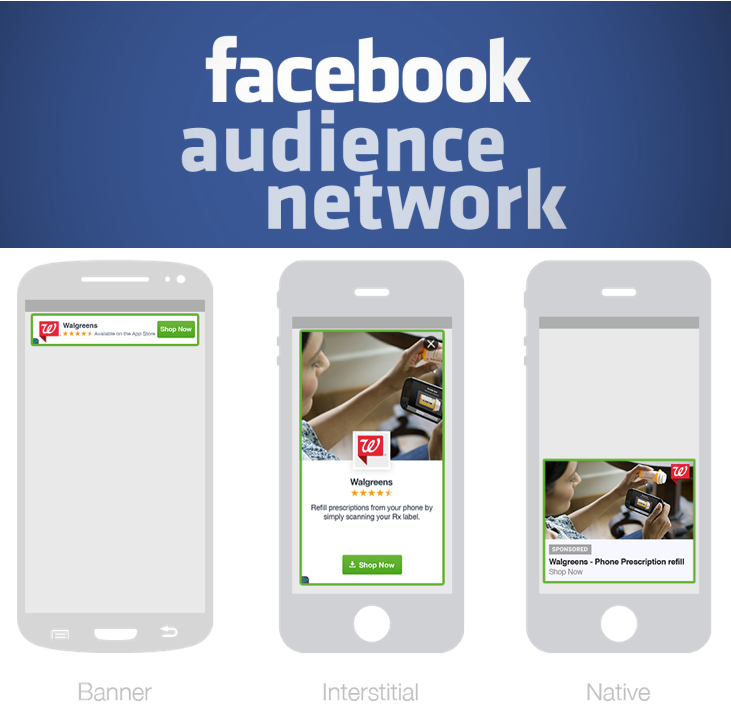
Facebook Audience Network
Facebook Collection ads.
Collection ads are an immersive format that allows customers to explore and discovery different products in a unique visual browsing feature all in one ad placement.
Similarly, Collection Ads are available in Facebook and Instagram and they feature a main video or image together with four smaller images below in a grid-like arrangement.
If a customer taps on any of the images or the video of the collection ad to learn more about a product, he/she will immediately go to a visual post-click experience triggered by an Instant Experience or Canvas.
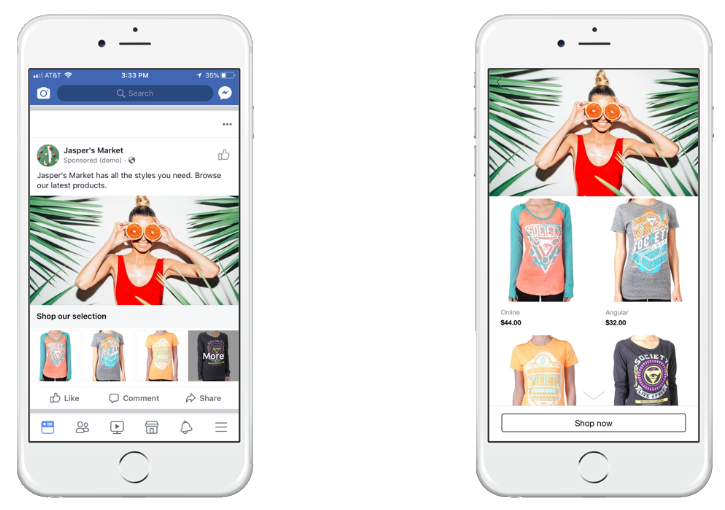
Facebook collection ads format
Facebook Marketplace ads.
Facebook Marketplace is a space similar to Kijiji or Craigslist where customers can browse and buy different products.
However, listing an item for sale does not necessary means it will sell immediately. As a result, Facebook has created a business tool to help businesses reach more customers through paid ads.
Facebook Marketplace ads promote relevant products and services on Facebook Marketplace.
Thus, customers interested a certain product or service can click to an app, a website, or view details of the product for more information.
Marketplace is available as a placement option only for certain campaign objectives such as Traffic, Reach, Catalog Sales, Conversions, and Video Views objectives.
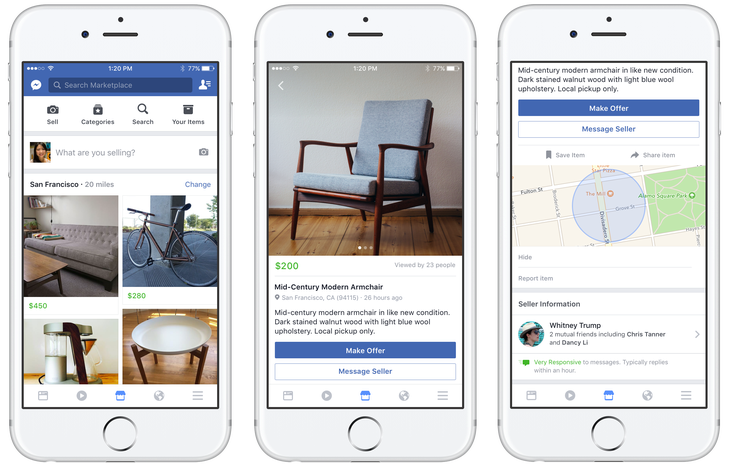
Facebook marketplace ads
